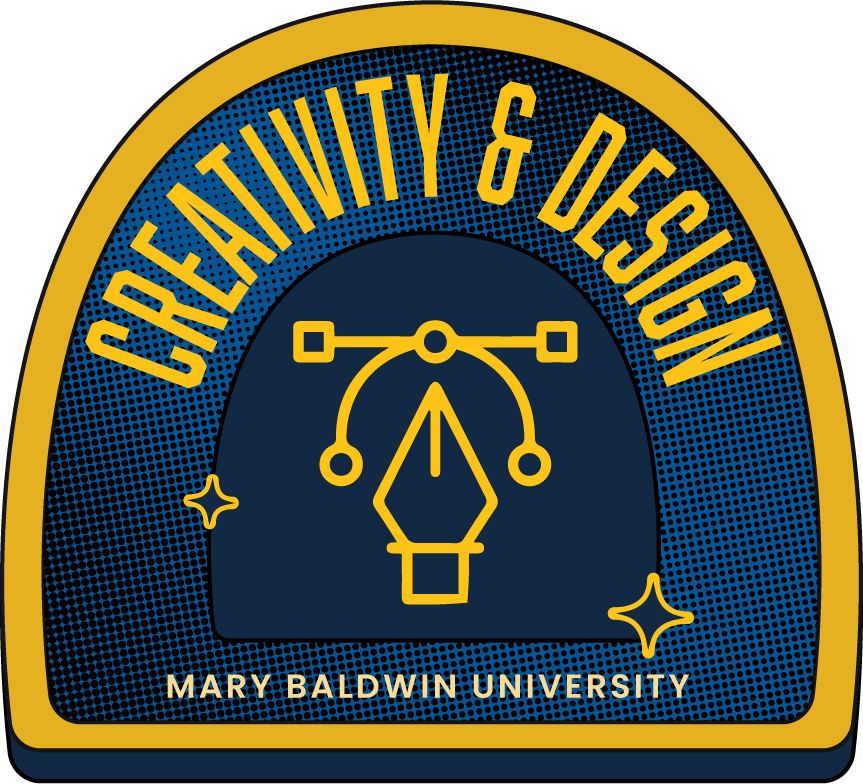Hone your tools of self-expression.
At Mary Baldwin, a minor in Studio Art will empower you with process-oriented approaches to visual artistic expression. More than just teaching the fundamentals of drawing, painting, and composition, the Studio
Art minor emphasizes visual art as an exploration of ideas. In this program, you’ll experience how paintings, sculptures, and collages can communicate passions, ideals, and criticisms just like essays and films.
- FormatOn Campus
- Degree(s)Minor
Next steps
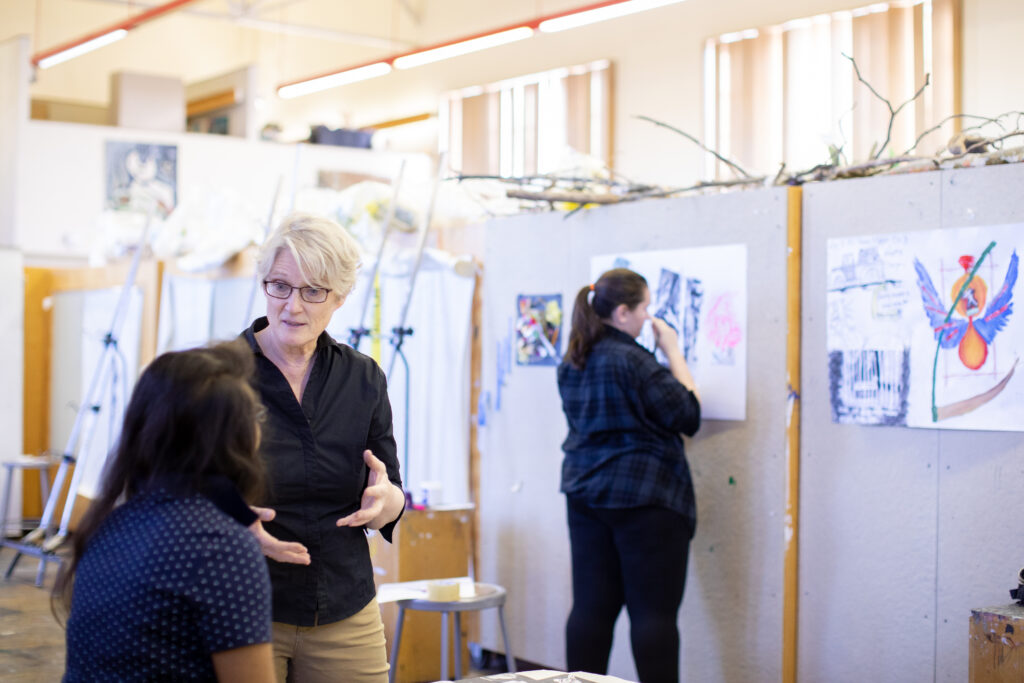
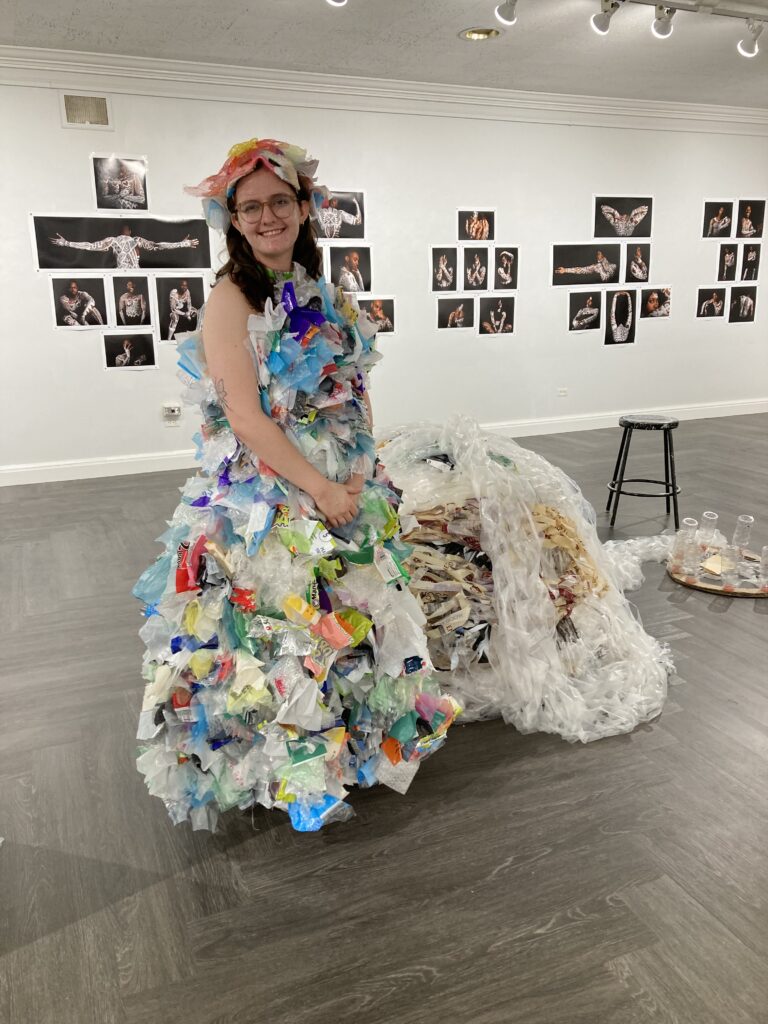
Why minor in Studio Art at Mary Baldwin?
The Studio Art minor at Mary Baldwin focuses on the specific processes and creative practice of visual art forms. Students will learn the perceptual, analytical, and technical skills related to the creation of different visual media. Courses also emphasize the importance of process, creative problem solving, and the context of historical and contemporary art.
In this program, art is more than just a spectacle; it is a language that communicates emotions and ideas. Because of this, the Studio Art minor pairs well with a number of communication-based majors, such as English, Business, Marketing, and Theatre.
Mary Baldwin also offers a number of unique opportunities for the practice, presentation, and teaching of studio art.
Internships and Trips
Staunton is home to many organizations offering internships and experience in the world of visual art creation and curation, such as the Staunton Augusta Art Center.
Staunton’s prime location also enables frequent trips to art museums and exhibits in Washington D.C. and Richmond. Students learn about using art in the service of humanity and as a tool for communication.
These and other trips have even led to internships for students at institutions such as Sotheby’s, the Chrysler Museum in Norfolk, and the Virginia Museum of Fine Arts in Richmond. Also, students have opportunities to present their artwork nationally at events such as the Southeastern College Art Conference.
Hunt Gallery
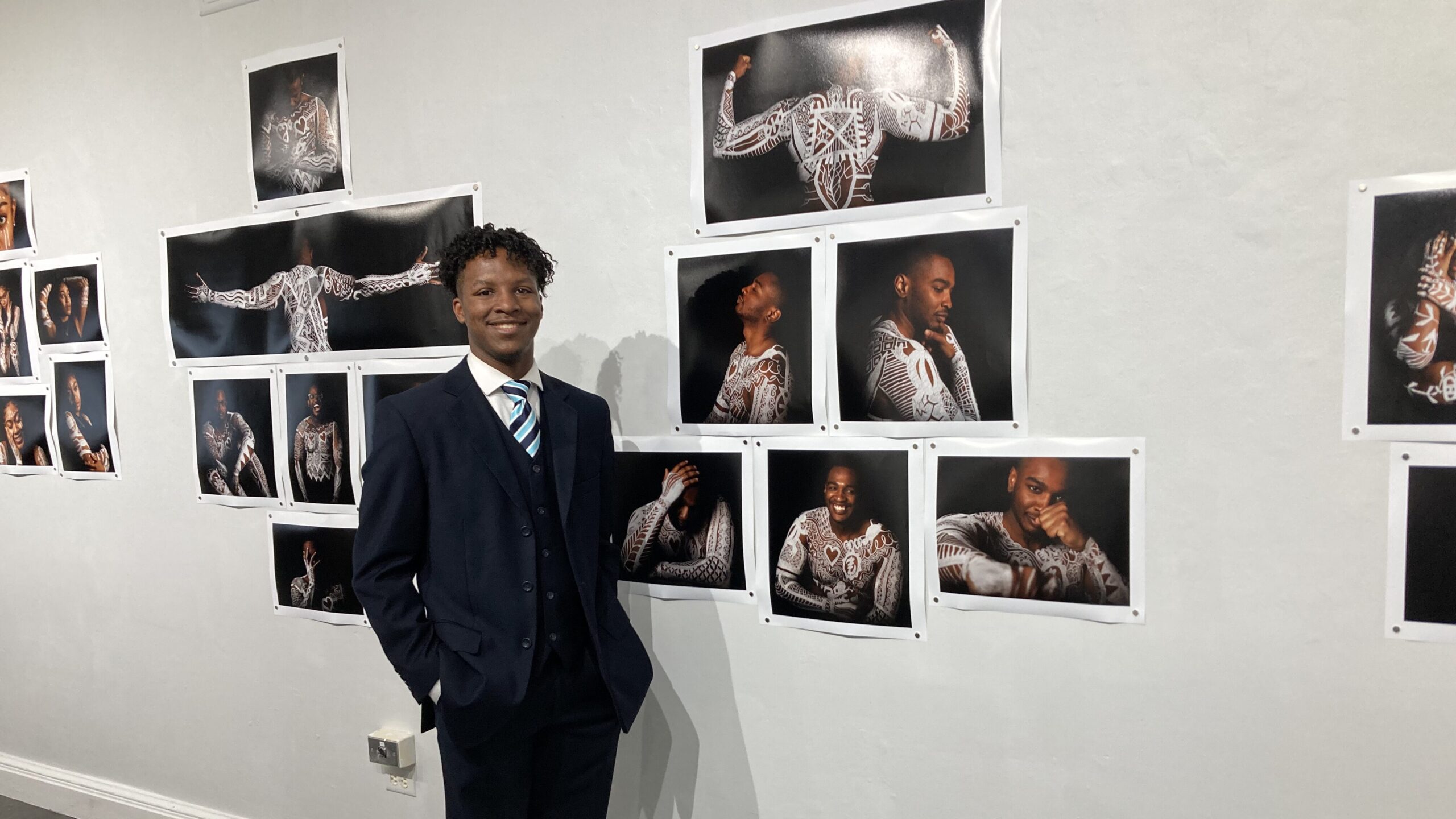
Mary Baldwin is home to the Lyda B. Hunt Gallery of contemporary art. Each year, the Hunt Gallery hosts four contemporary exhibitions featuring both emerging and established artists with regional, national, and international recognition. The gallery also exhibits works by faculty and students, and can be a great opportunity for Studio Art minors to explore other artists and present their own work. There are also opportunities for Studio Art minors to intern with the Hunt Gallery.
Firestone Lecture Series
The annual Firestone Lecture Series in Contemporary Art was initiated in honor of Ray A. Graham III to honor the creative work and accomplishments of artist and art psychotherapist Susan Paul Firestone (MBU ’68). Each year, a renowned contemporary artist is selected to speak about their work and mission to Mary Baldwin students. Previous speakers have included award-winning photojournalist Brian Palmer, internationally acclaimed filmmaker Kevin Everson, and New York-based artist Marsha Cottrell.
Annual Capstone Festival
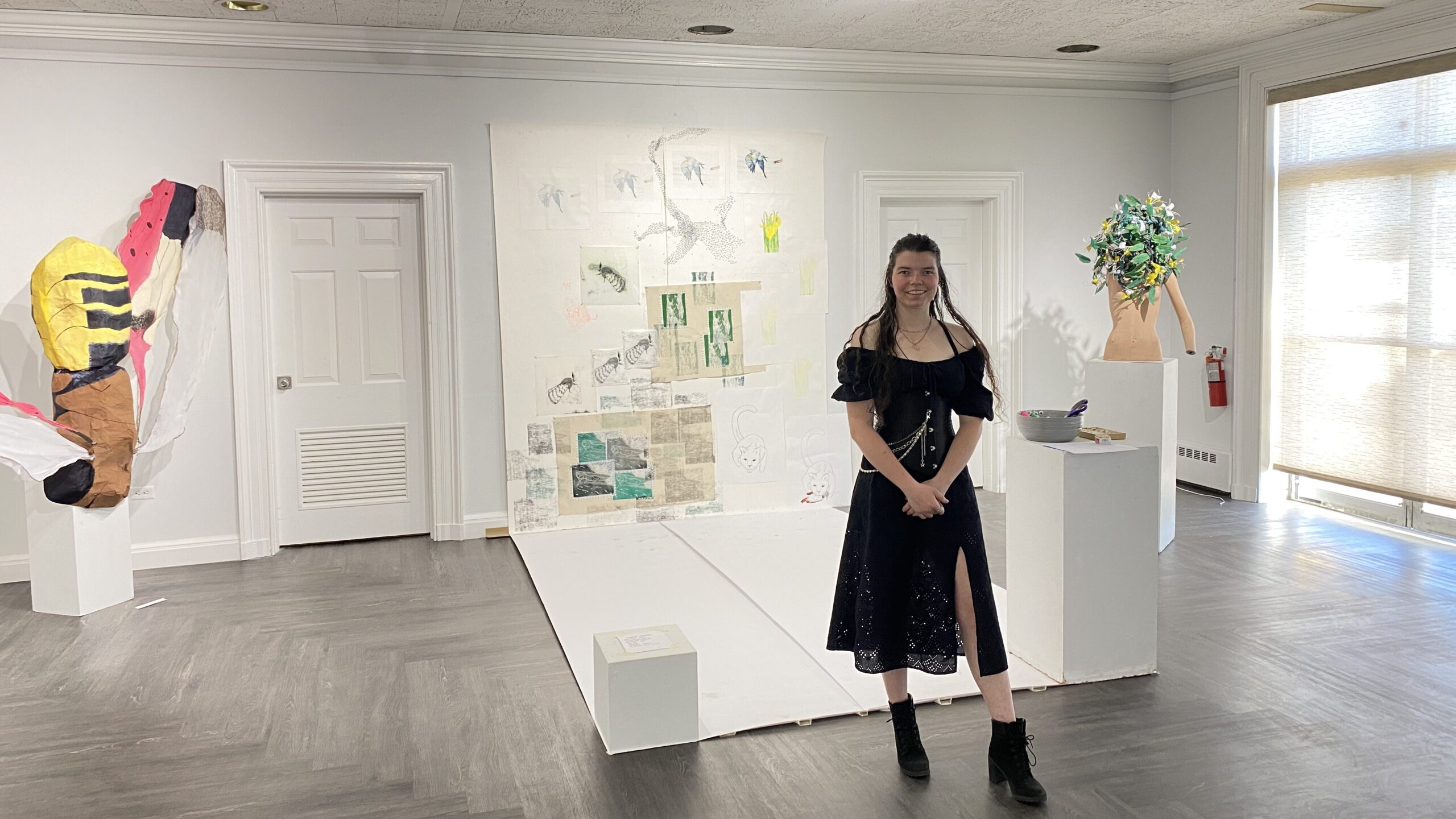
The Capstone Festival gives outstanding seniors an opportunity to present their scholarly and artistic works to the wider campus community and the public. Many Studio Art minors are nominated for their creative work, such as Grace Gardner (’24). Grace used her senior project to explore invasive species through media such as screen printing, drawing and stitching. She presented her work at the Annual Capstone Festival and in Hunt Gallery.
Next steps
Minor Requirements
Mary Baldwin’s curriculum teaches practical, foundational processes for artistic creation alongside the history, context, and meaning that visual art presents. This twofold approach offers a variety of enriching courses for Studio Art minors to take.
Sample Courses
Required for studio art minors. A practical exploration of the basic elements and principles of art and design, Color theory, and color organization. ART 109 establishes a foundation for effective communication through the language of visual form. Some attention will be given to three-dimensional design.
Required for studio art minors. For students who have had little or no experience in art as well as those whose abilities have already been developed in high school programs. A basic-level course emphasizing perceptual skills of drawing, expressiveness and composition. Various media are explored.
This course orients students to the formal elements, principles of art through the lens of identity, science, and social change. Modes of expression will focus on themes of humanism, the individual, and the natural world. Considering the historical context; politics; social influences and ritual practices; as well as the global importance of the Modern, this course will connect these themes in visual art across time periods, cultures, and continents.
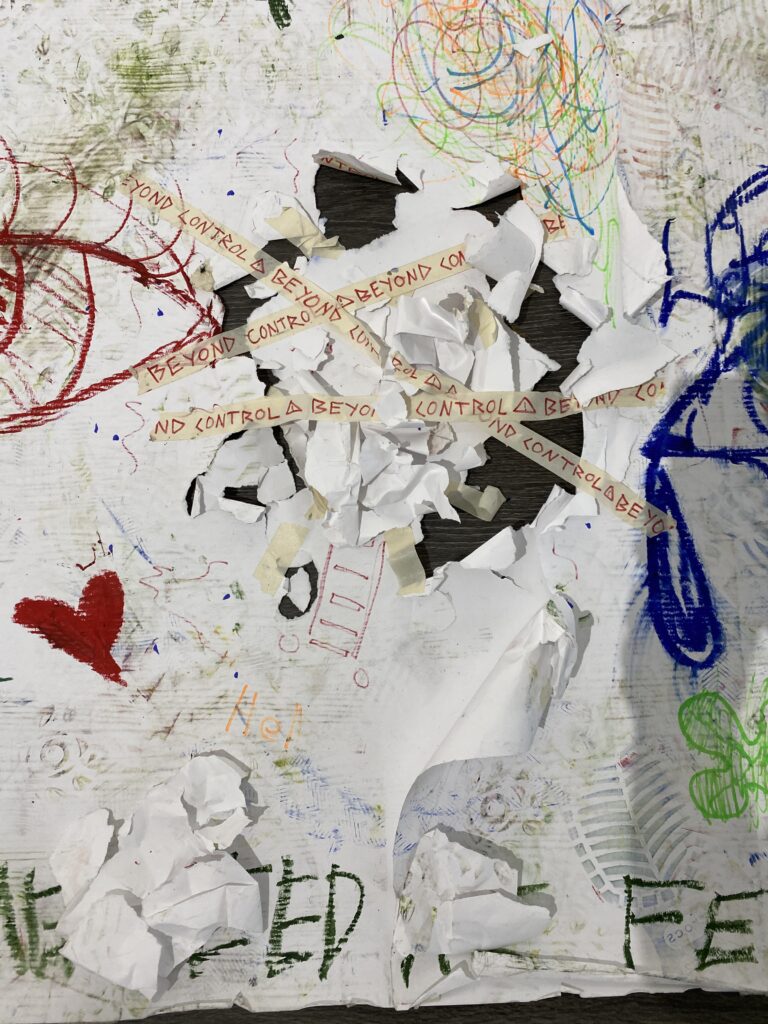
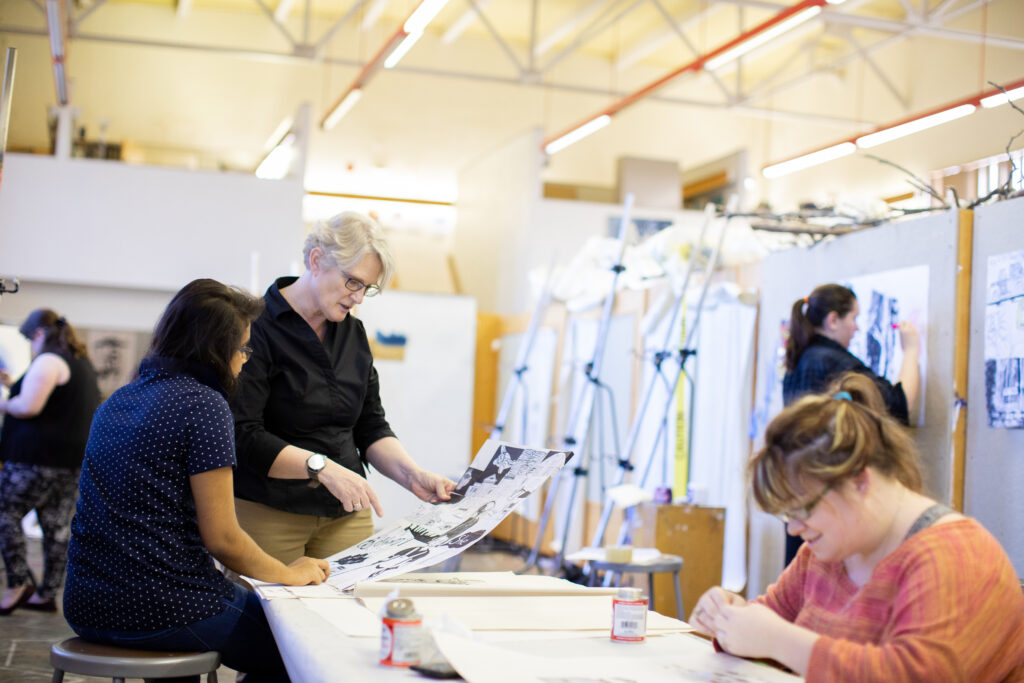
Our Faculty
Our School’s talented faculty is as passionate about teaching and mentorship as they are about their own creative endeavors.
